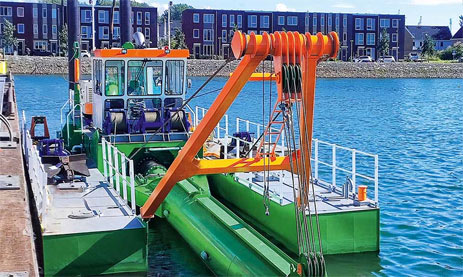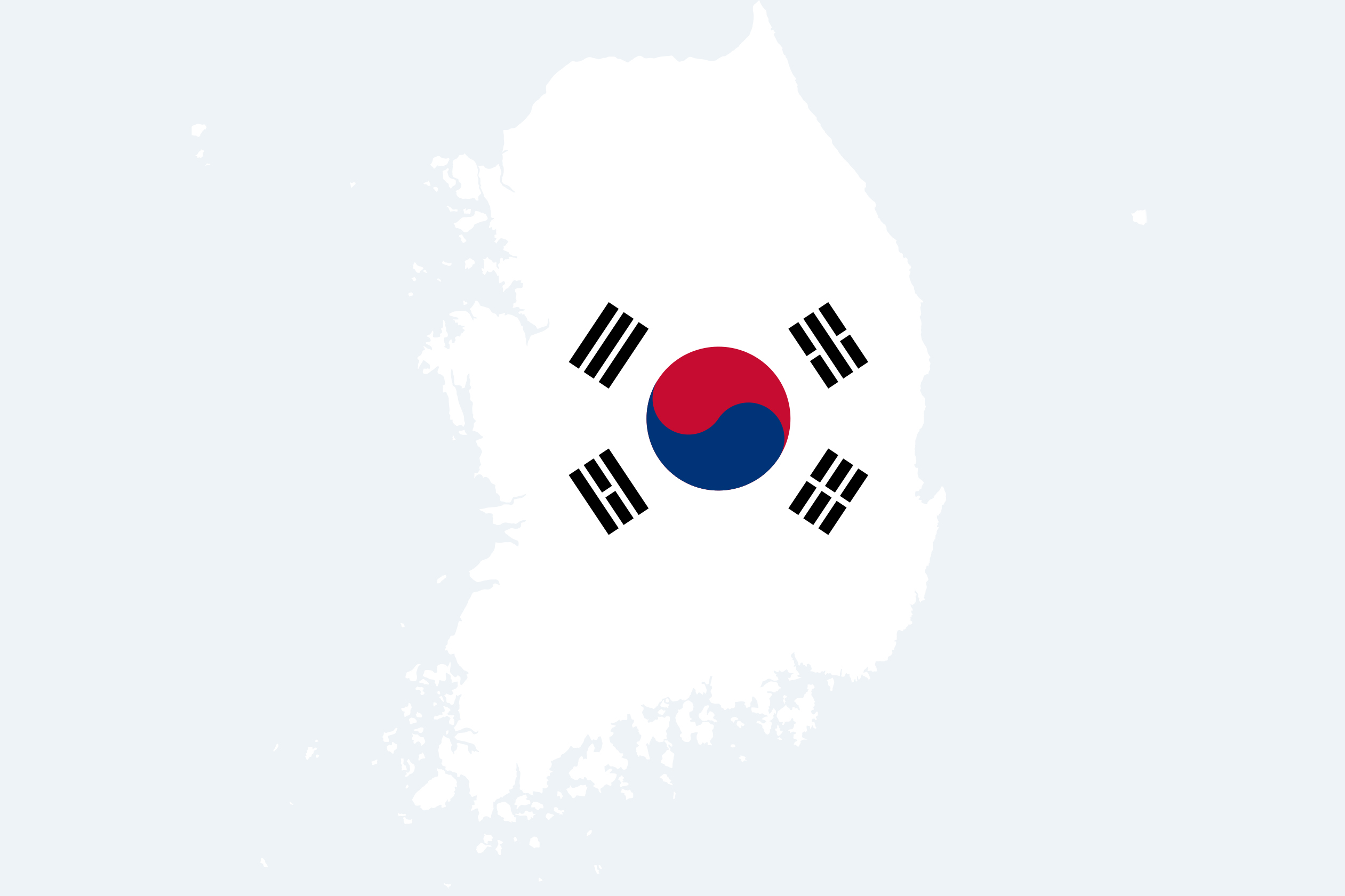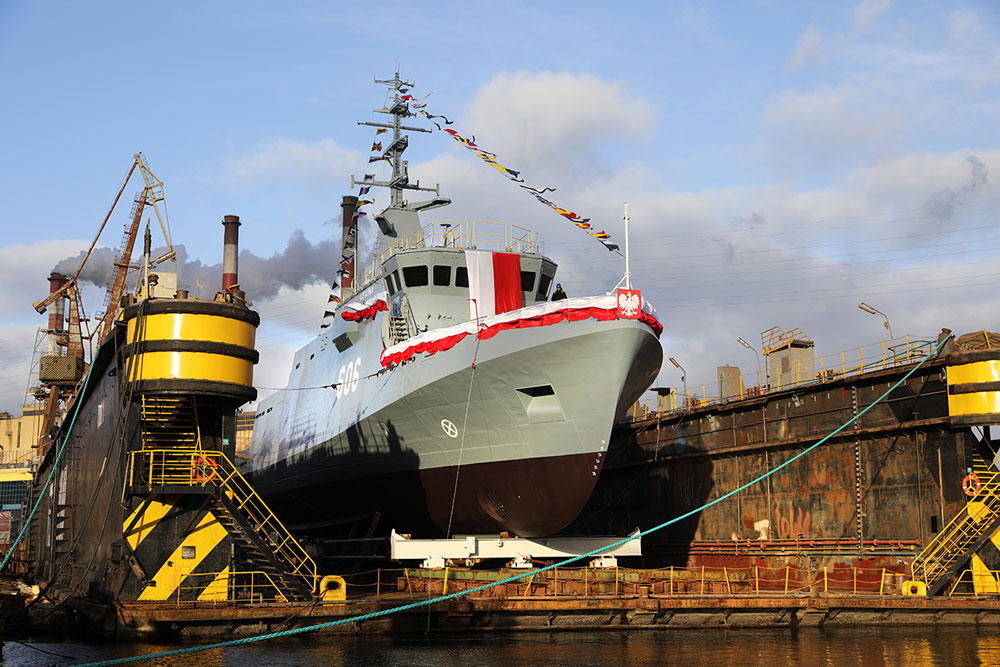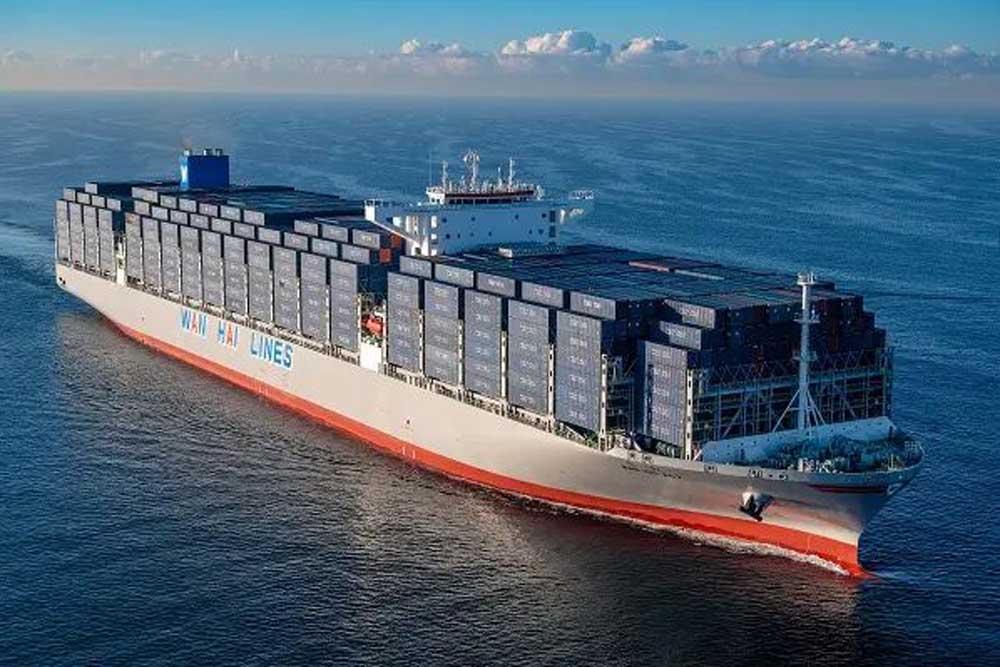The longer shipping routes resulting from the conflict in the Red Sea have generated high revenues on the container market.
According to shipbroker Clarksons, container shipping performance rose by 18% to 1,171 TEU per mile. Clarksons analyst Trevor Crowe said that this result was also due to shipments being brought forward to avoid potential disruptions during the peak season. Global container trade grew by 5% to 211.6 million TEU, which also led to an increase in demand for newbuildings.
Container ships avoid the Red Sea
Crowe wrote: “Around 700 ships sailed across the Cape of Good Hope for most of 2024, resulting in a 12% increase in distance and enabling an impressive 18% growth in traffic (TEU miles).
Underlying growth in TEU trade volumes was also supportive, with a healthy upturn on the main trunk routes and solid growth between Asia and the developing world.
Container port congestion, often due to the disruption in the Red Sea, also had an impact, with up to 4% of fleet capacity blocked at various ‘hotspots’ at times.”
The Shanghai Containerised Freight Index increased by 150% compared to 2023, and freight rates in the eastbound transpacific trade almost reached the record of the Covid19 era in July 2024. As lines rushed to commit more tonnage to meet demand, ship charter rates also had a strong year, with Clarksons’ Time Charter Yield Index up 50% on 2023 to 182 points on average.
Crowe noted: “Strong demand for larger units meant that growth was spread across vessel sizes, forcing operators to commit to longer periods and dates to secure tonnage.”
Looking ahead, the ceasefire in the Gaza Strip could lead to overcapacity if transit voyages across the Red Sea resume.
“Geopolitics remains a driver of demand”
“Geopolitics will generally remain an important driver of demand, particularly potential changes in US trade policy, such as tariffs,” Crowe continued.
The current order book for container ships has reached an all-time high of 8.3 million TEU, meaning that further capacity growth and upcoming new alliance structures will be an issue on the supply side, alongside the ongoing renewal of the green fleet. (PL)














